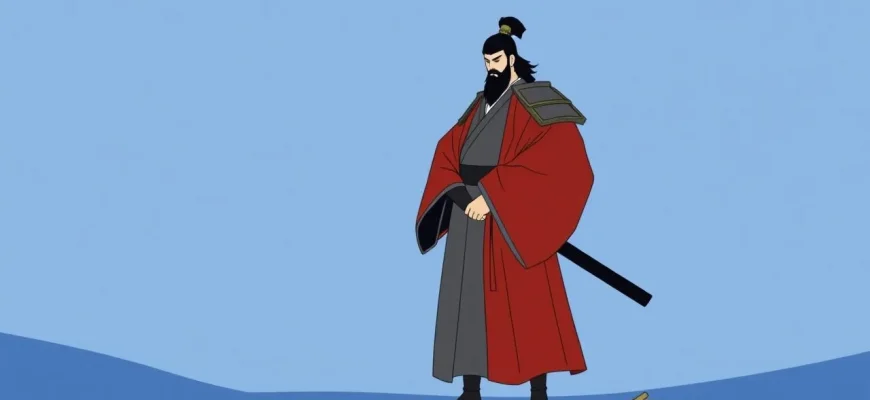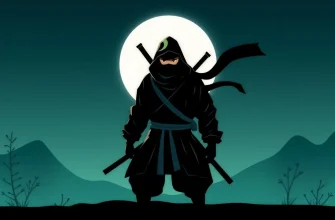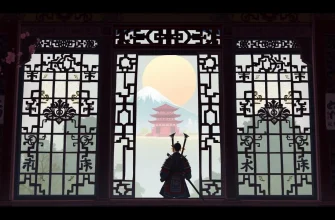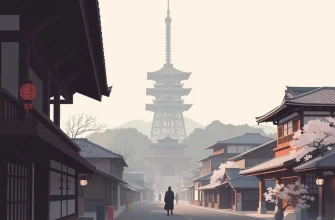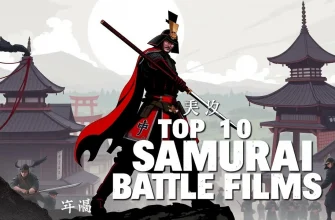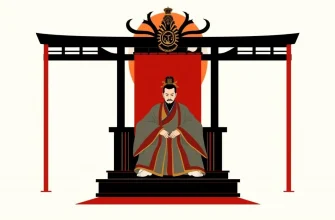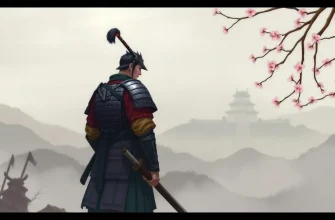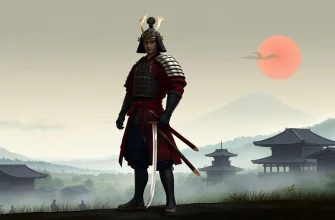Delving into the world of feudal Japan, these films offer a window into the lives of the powerful shoguns, the military dictators who ruled Japan for centuries. From epic battles to intricate political intrigue, these cinematic masterpieces not only entertain but also educate viewers on the complex tapestry of Japanese history. Whether you're a history buff or simply love a good story, this collection of films will transport you to a time of honor, betrayal, and the quest for power.
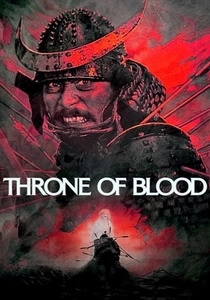
Throne of Blood (1957)
Description: Another Kurosawa classic, this adaptation of Shakespeare's "Macbeth" set in feudal Japan, captures the ambition and treachery that could be found in the courts of shoguns.
Fact: The film uses Noh theater techniques, particularly in its staging and the performance of Toshiro Mifune, who plays the lead role.
 Watch Now
Watch Now 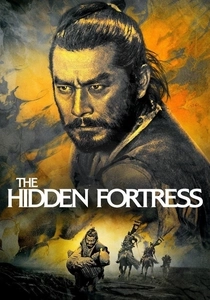
The Hidden Fortress (1958)
Description: Though not directly about a shogun, this film by Akira Kurosawa influenced George Lucas's "Star Wars" and showcases the chaos and intrigue of feudal Japan, with a princess fleeing from the clutches of a warlord.
Fact: The film's narrative structure inspired the "Star Wars" saga, particularly the idea of following the journey from the perspective of two lowly characters.
 Watch Now
Watch Now 
Harakiri (1962)
Description: Set during the Edo period, this film explores the themes of honor, revenge, and the decline of the samurai class under the shogunate's strict codes.
Fact: The film was remade in 2011, but the original is often considered superior for its stark portrayal of samurai ethics.
 Watch Now
Watch Now 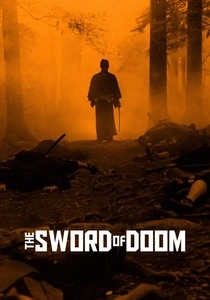
The Sword of Doom (1966)
Description: This film follows the life of a ruthless swordsman during the late Edo period, reflecting the moral decay and the harshness of the samurai code under the shogunate's rule.
Fact: The film was intended to be part of a trilogy, but only this first installment was completed.
 Watch Now
Watch Now 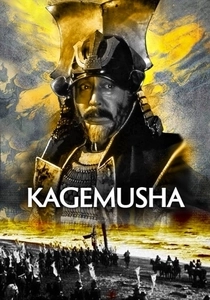
Kagemusha (1980)
Description: Akira Kurosawa's epic about a thief who impersonates a dying daimyo, exploring themes of identity and leadership in a time when shoguns were the ultimate power.
Fact: The film was a major comeback for Kurosawa, who had struggled to finance his projects in the preceding years.
 Watch Now
Watch Now 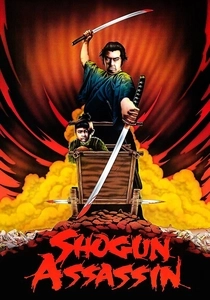
Shogun Assassin (1980)
Description: This film, a re-edited version of the first two films in the "Lone Wolf and Cub" series, follows the journey of a ronin and his young son as they seek vengeance against the shogunate. Its inclusion in this list is due to its portrayal of the shogun's ruthless power and the samurai code of honor.
Fact: Shogun Assassin was heavily edited for its Western release, cutting down the original Japanese films into a single, more action-packed narrative. It inspired the creation of the character "The Bride" in Quentin Tarantino's "Kill Bill."
 Watch Now
Watch Now 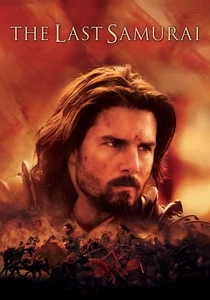
The Last Samurai (2003)
Description: While not directly about a shogun, this film captures the essence of the samurai spirit and the transition from the shogunate to the Meiji era. It's included for its depiction of the samurai's resistance to modernization and the clash of cultures.
Fact: The film was shot on location in Japan, with many scenes filmed at the actual historical sites. Tom Cruise underwent extensive training to portray a convincing samurai.
 Watch Now
Watch Now 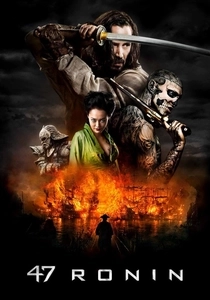
47 Ronin (2013)
Description: This film tells the legendary tale of the 47 Ronin, who seek to avenge their master's death, set during the Edo period under the rule of the shogun. Its inclusion highlights the loyalty and honor central to the samurai ethos.
Fact: The film blends historical events with fantasy elements, including mythical creatures, making it a unique take on the classic story.
 Watch Now
Watch Now 
Samurai Rebellion (1967)
Description: This film tells the story of a samurai who defies the shogun's order to dissolve his son's marriage, showcasing the conflict between personal honor and duty to the shogun.
Fact: The film was directed by Masaki Kobayashi, known for his critical stance on Japanese militarism and feudalism.
 30 Days Free
30 Days Free 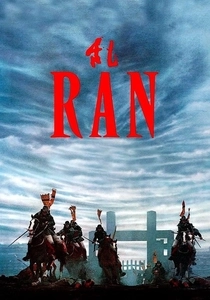
Ran (1985)
Description: Akira Kurosawa's masterpiece, loosely based on "King Lear," portrays a warlord's descent into madness as he divides his kingdom among his three sons, reflecting the tumultuous times of the Sengoku period.
Fact: "Ran" was one of the most expensive Japanese films ever made at the time, with its epic battle scenes and elaborate costumes.
 30 Days Free
30 Days Free 
